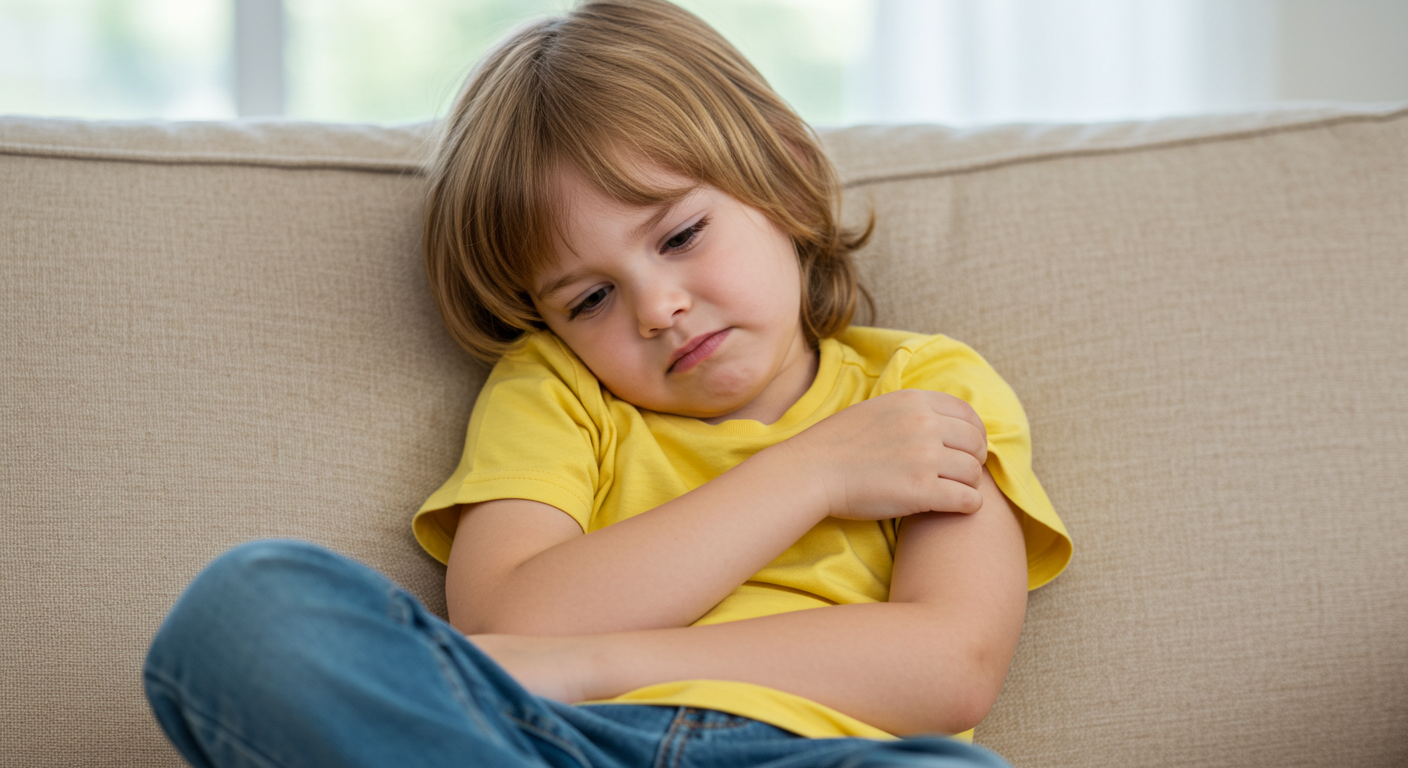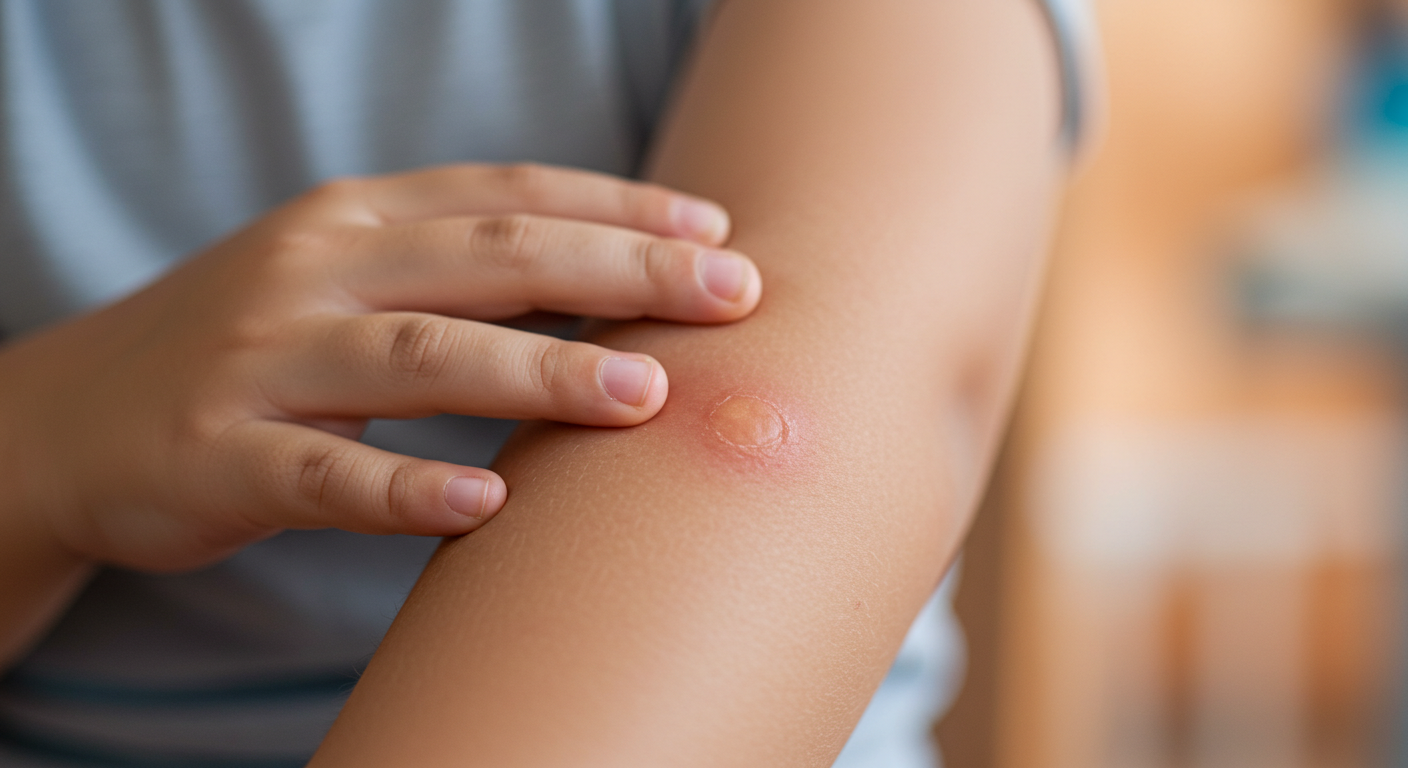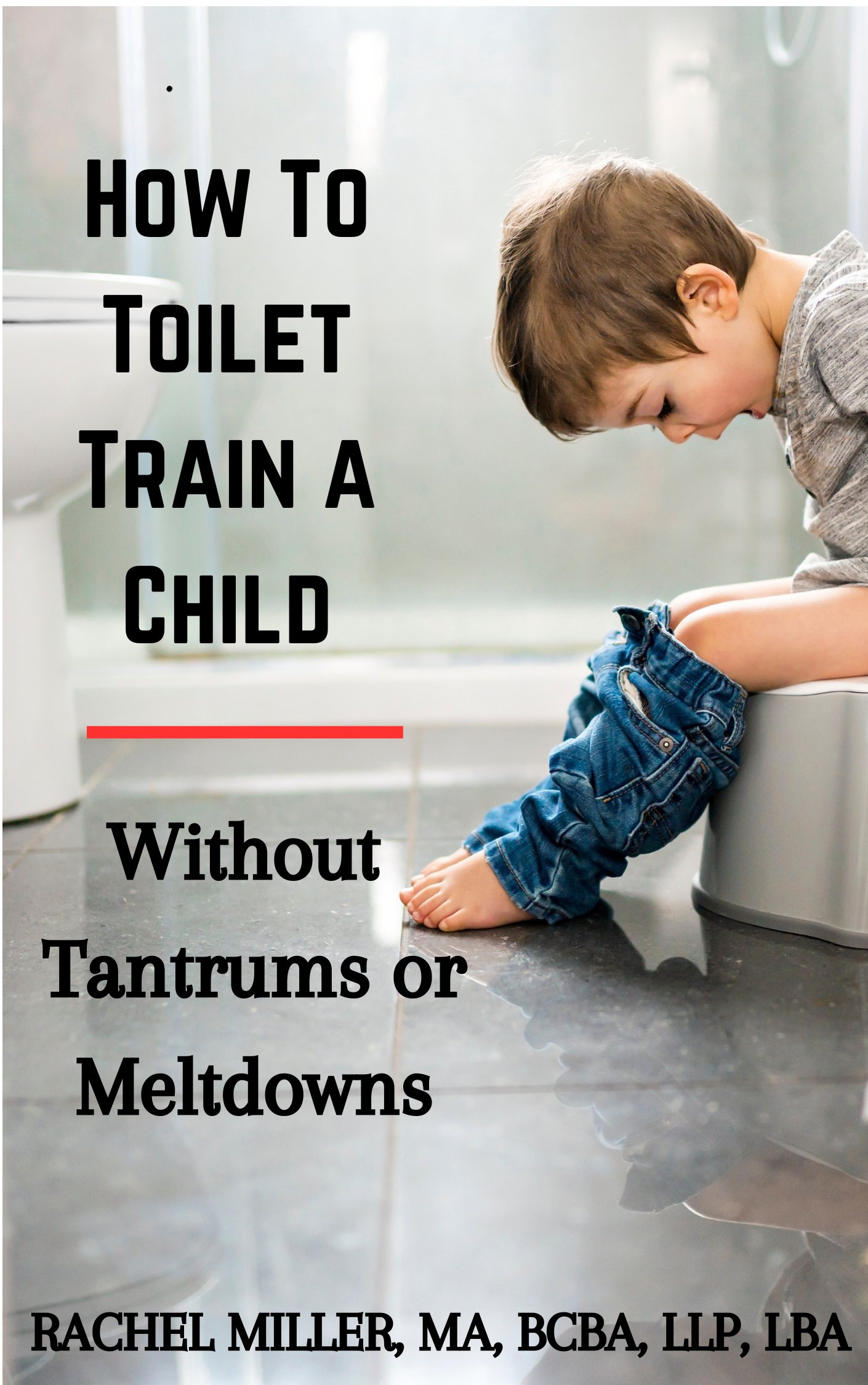How to Stop Skin Picking in Kids:
Understanding and Managing Dermatillomania

Skin picking, also known as dermatillomania or excoriation disorder, is a complex condition often characterized by the repetitive picking of the skin to the point of injury. According to the DSM-5, skin picking disorder falls under the category of Obsessive-Compulsive and Related Disorders. It is often classified as a form of self-injurious behavior and can lead to open wounds, scabs, infections, and permanent scarring.
Skin picking is especially prevalent among females, and research indicates it can be associated with psychological or emotional distress. This compulsive behavior is also observed in children with developmental disabilities and individuals with Obsessive-Compulsive Disorder (OCD). Understanding the causes of compulsive skin picking and learning how to prevent and respond to skin picking are key to managing this condition effectively.
Compulsive Skin Picking Causes
Compulsive skin picking causes can vary, but they often include:
- Dry skin and itchiness
- Keratosis Pilaris, which causes small bumps on the skin
- Eczema and other skin irritations
- Stress or anxiety
- A desire to relieve tension or discomfort
- Sensory stimulation or soothing effects
- A release of endorphins that may bring a temporary feeling of relief or pleasure
Many individuals may not even realize they are picking their skin, as it can become a subconscious habit. In my personal experience, I've noticed that for some individuals, the issue begins with something as simple as scratching dry skin. This initial scratching may bring momentary relief, and over time, it evolves into a compulsive habit.
My Experience With Clients and Simple Solutions
In one case I encountered, a young woman struggled with skin picking for several years. After close observation and gentle inquiry, it was discovered that she often felt itchy, leading to frequent scratching and picking. Her doctor prescribed an antihistamine, and combined with behavior redirection, her symptoms significantly reduced.
Another client experienced severe dryness that contributed to compulsive skin picking. By simply changing to a gentle body soap and applying a quality moisturizing lotion daily, we observed a dramatic decrease in his picking behavior. In both of these cases, there was also a diagnosis of a developmental disability, so for a child without any type of cognitive impairment the reasons for skin picking may be different.
How to Stop Skin Picking:
Practical Tips That WorkTips for Decreasing Skin Picking

If you or someone you care for is struggling with dermatillomania, it’s important to adopt a comprehensive strategy. These tips can help prevent skin picking and promote skin health:
1. Hydrate from the Inside Out
- Drink plenty of water each day. Proper hydration supports healthy skin and can reduce dryness and itchiness, which often triggers the urge to pick.
2. Use Gentle Skincare Products
- Switch to sensitive or fragrance-free soaps, shampoos, and laundry detergents.
- Harsh chemicals can irritate the skin and lead to dryness or allergic reactions.
- Avoid using soap on large portions of your body—water is often sufficient for areas that don’t accumulate sweat or odor.
3. Moisturize Regularly
- Apply a high-quality lotion at least twice a day.
- For individuals with eczema or damaged skin, products like Eucerin, Aquaphor, or dermatologist-developed barrier-repair creams may be helpful.
- Consider products specifically formulated to repair the lipid barrier, which may be compromised in persistent skin pickers. One product I personally recommend is Soothe from Rodan + Fields. You can now find it in stores without the need to purchase from a consultant, but if you do know a consultant, I recommend purchasing through them.
4. Avoid Long, Hot Showers
- Prolonged exposure to hot water can strip the skin of natural oils, leading to further dryness and discomfort.
Behavioral strategies can be just as important as skincare. Below are effective ways to redirect the behavior:
1. Keep Hands Occupied
- Offer small manipulative toys during idle times—such as a Rubik's cube, stringing beads, or handheld games.
- These tools can provide sensory input and occupy the hands, especially during high-risk times like watching TV or waiting in line.
2. Cover Exposed Skin
- Dressing in long sleeves or pants can make it harder to access the skin, reducing opportunities for picking.
- Choose clothing that is comfortable for the weather to avoid additional discomfort.
7. Redirect Instead of Reprimanding
- Avoid constantly saying “stop” or “don’t do that,” as it may reinforce the behavior, especially if it’s done for attention.
- Calmly and positively redirect the individual to another activity or object.
8. Provide Positive Reinforcement
- Give compliments on healthy-looking skin.
- Praise the absence of skin picking and reinforce efforts to maintain skin health.
Substitute Endorphin-Releasing Activities
One reason skin picking becomes habitual is that it may trigger the release of endorphins, the body's natural "feel-good" chemicals. You can introduce healthier ways to boost these endorphins:
- Exercise
- Exposure to sunlight
- Laughter
- Spicy food
- Listening to calming music
- Creative hobbies like painting or crafting
By encouraging these alternatives, individuals may feel the same sense of relief or satisfaction without resorting to self-injurious behaviors.
When to Seek Professional Help
If skin picking persists despite trying multiple strategies, it’s crucial to seek professional assistance. A qualified therapist or medical professional can help determine if the behavior is related to OCD, anxiety, or another underlying condition. Cognitive Behavioral Therapy (CBT), Habit Reversal Training (HRT), and medication are all proven tools in the management of DSM-5 skin picking disorder.
Final Thoughts
Skin picking is more than a bad habit—it’s a mental health condition that deserves compassion, understanding, and appropriate support. Learning how to prevent and respond to skin picking with thoughtful strategies can make a significant difference, especially for children with developmental challenges or those struggling with OCD.
By combining behavioral techniques, skincare changes, and emotional support, it is possible to greatly reduce or even eliminate compulsive picking. If you or a loved one is experiencing this, know that help is available—and that with the right approach, healing is possible.
If you haven't already, be sure to check out my ebooks, now on Amazon!

